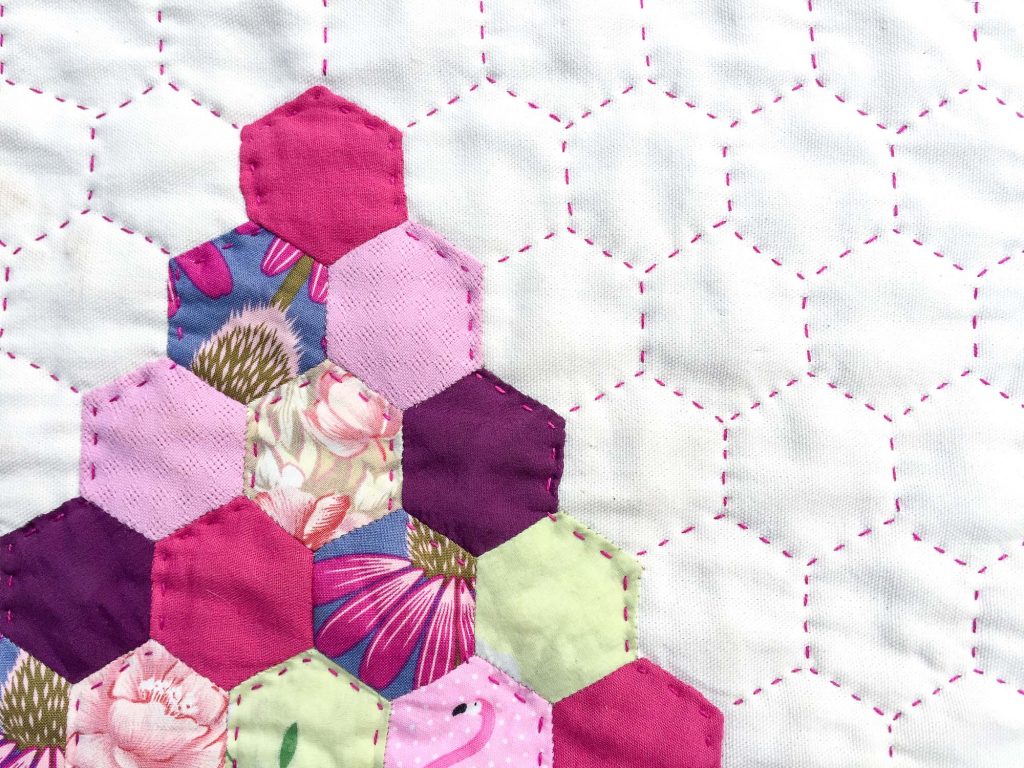If you are looking to learn how to make a stunning quilt by hand, this step-by-step guide will provide you with all the information you need. Making a quilt by hand is a rewarding experience, and this guide will take you through all the steps necessary to achieve a beautiful end product. From selecting the right fabric and thread to the techniques involved in piecing and quilting, this guide will ensure you have all the knowledge you need to make a quilt that will be cherished for years to come.
Benefits of Hand Quilting
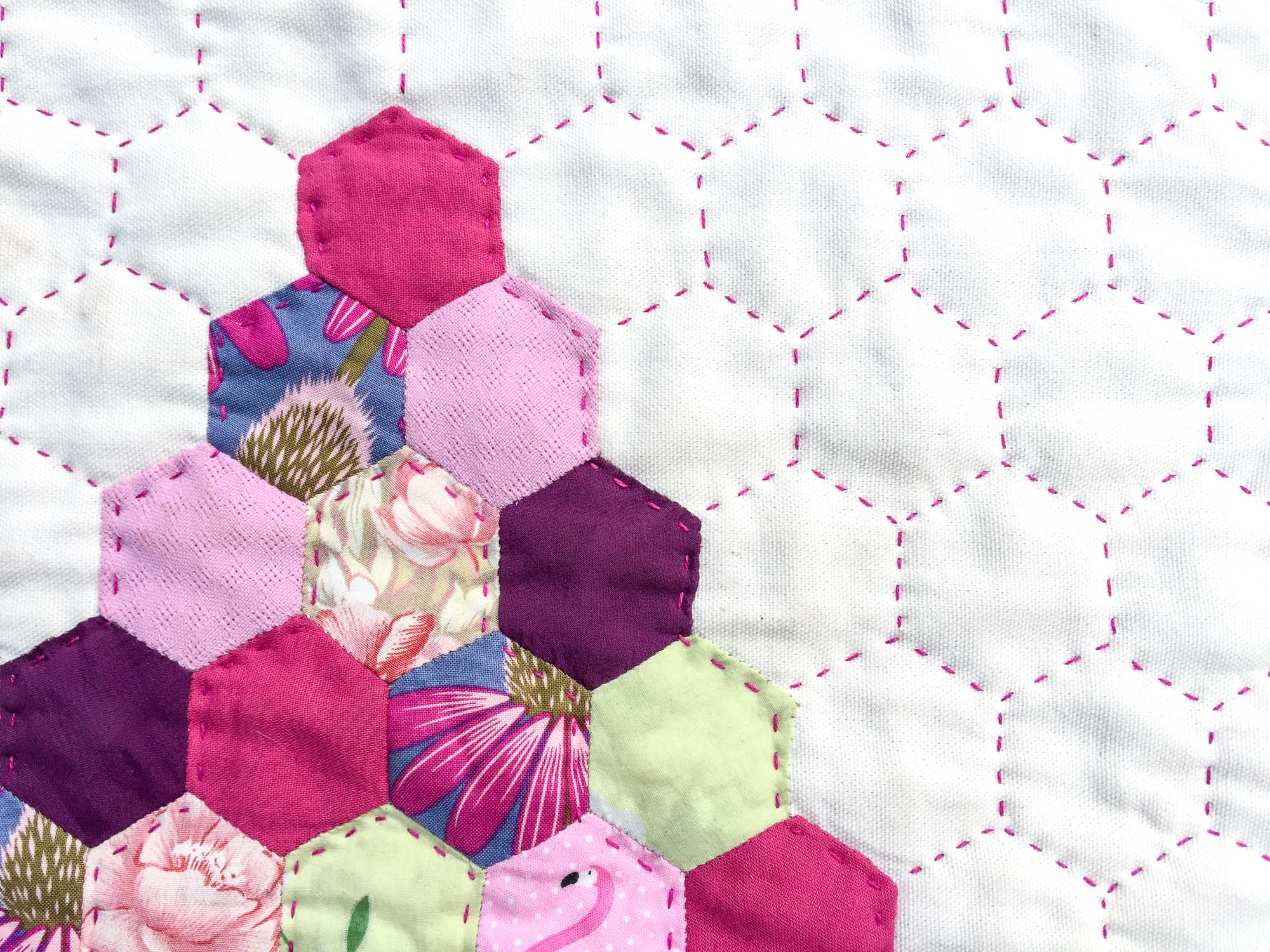
Quality
Hand quilting produces a higher quality product than machine quilting. The stitches are smaller and more precise, creating an even, comfortable finish to the quilt. The time and effort put into hand quilting also results in a quilt that will last longer and become a treasured family heirloom.
Price
Hand quilting is usually less expensive than machine quilting. This is because the cost of the supplies is lower than the cost of the machine, and you don’t have to pay for the machine’s maintenance or for electricity to power the machine.
Relaxation
Hand quilting is an enjoyable and relaxing activity. You can do it at your own pace, in the comfort of your own home, and it can help to reduce stress and anxiety. The enjoyment and satisfaction of creating something with your own two hands can also be very rewarding.
For those who want to take their quilting to the next level, learning how to hand quilt a quilt top is an excellent way to improve the quality of your work.
Supplies Needed
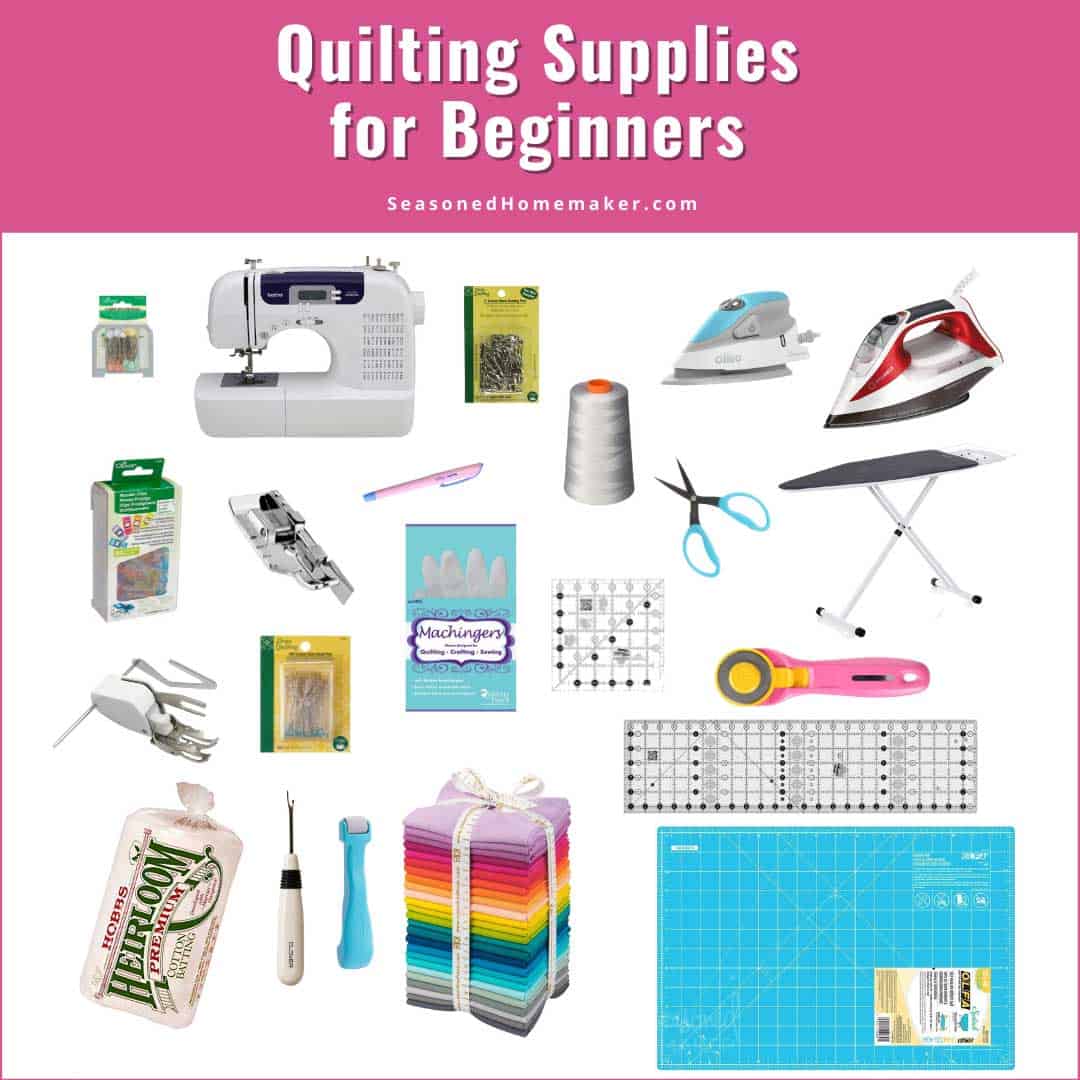
Quilt Top
A quilt top is the main part of the quilt, and often consists of several layers of fabric sewn together in a decorative pattern. Quilt tops can be made from a variety of materials, including cotton, polyester, or a combination of fabrics.
Batting
Batting, also known as wadding, is a layer of material typically made of cotton or polyester that is placed between the quilt top and the backing fabric. This layer adds warmth and texture to the quilt.
Backing
The backing fabric is the layer of fabric placed on the underside of the quilt. It is usually made of one large piece of fabric, but can also be pieced together from multiple smaller pieces.
Thread
Thread is necessary for hand-quilting. It is important to choose a thread that is strong enough to withstand the stress of pulling a quilting needle through multiple layers of fabric.
Needles
Quilting needles are typically longer than regular sewing needles and have a larger eye to accommodate thicker thread.
Thimble
A thimble is a small metal or plastic device that is worn on the finger while quilting. It protects the finger from the sharp end of the needle.
Pins
Pins are necessary for holding the three layers of fabric together while quilting.
Fabric Markers
Fabric markers can be used to mark a quilt top with a design or pattern before quilting.
Scissors
Scissors are used for cutting fabric and trimming thread.
Rotary Cutter
A rotary cutter is an optional tool for cutting fabric quickly and accurately.
Before beginning the process of learning how to hand quilt blankets from the beginning, it is important to have all the necessary supplies. By gathering the supplies listed above, you will be well on your way to creating a beautiful, handmade quilt.
Preparing the Quilt Top
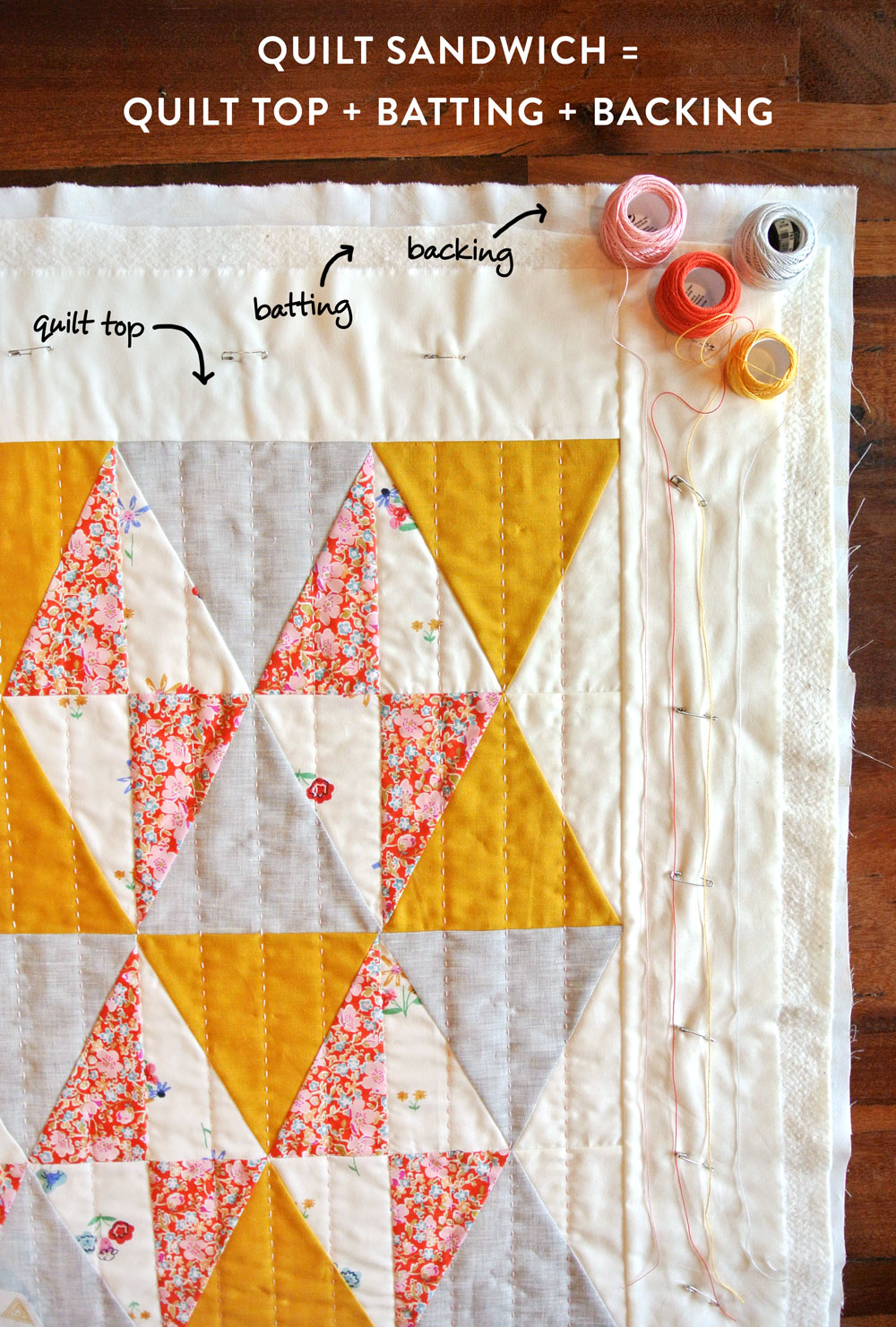
Trimming
Start by trimming the edges of the quilt top to ensure all the pieces are even and straight. Make sure to use a rotary cutter and a ruler for this step.
Basting
Next, use a basting gun to attach the top, batting, and backing together. This is a crucial step in learning how to hand quilt. Be sure to keep the basting lines even and secure.
Quilting Design Selection
Finally, select a quilting design. This will give the quilt a unique look. Choose a design that compliments the overall pattern of the quilt.
Hand Quilting Process
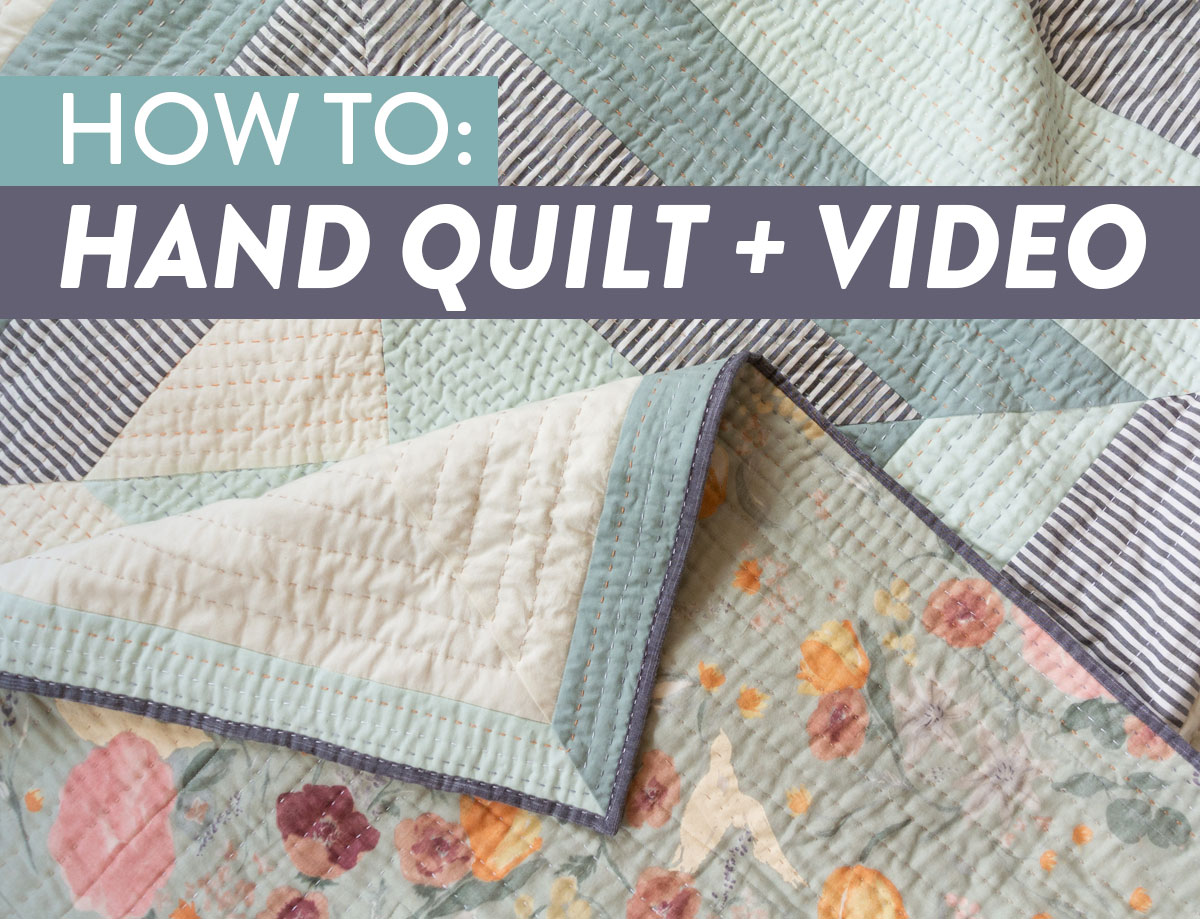
Thread Selection
Choosing the right thread for hand quilting is essential for successful results. Look for strong, long-staple threads that are specifically designed for hand quilting. Cotton and polyester threads work well for hand quilting. Avoid using regular sewing thread for hand quilting – it is too weak and will break easily.
Needle Selection
Choose needles that are specifically designed for hand quilting. Look for needles that have a sharp point and an elongated eye. The needle should be slightly wider than the thread to ensure that it passes through the fabric easily.
Knotting
Once you have the right thread and needle, it is time to start quilting. Begin by knotting the thread at the start of a line of quilting. Make sure that the knot is secure, but small enough that it will not show through the quilt top.
Creating Quilting Stitches
To create quilting stitches, use a simple running stitch. Make small, even stitches along the quilt, while keeping the tension even. Keep the stitches small – 1/8” or smaller. You can also try various quilting patterns like cross-hatching and feathering.
Finishing Stitches
When you are finished quilting, tie off the thread with a knot. To hide the knot, bury the thread in the batting or backing. With a little practice, you can learn how to hand sew a quilt from start to finish.
Finishing the Quilt
Washing
Carefully wash the quilt in cold water using a mild detergent. This will help to remove any residual oils from the fabric, as well as any loose dirt or debris. Do not use chlorine bleach, as this can damage the fabric.
Drying
Dry the quilt on a low heat setting in the dryer. This will help to keep the quilt soft and fluffy. Do not over-dry, as this could cause the fabric to become brittle or stiff.
Binding
For a professional finish, use a wide binding to cover the raw edges of the quilt. Cut a piece of fabric that is long enough to go around the perimeter of the quilt and at least 1.5 inches wide. Sew the binding to the quilt by hand or machine. Turn the binding around the edges of the quilt and sew it in place.
Frequently Asked Questions
What type of fabric is best for quilting?
Cotton is the standard choice for quilting fabric, as it is lightweight, breathable and has a good drape. Quilters also often choose to use cotton blends, linen, wool, and other specialty fabrics. For best results, choose fabrics that are 100% cotton and a similar weight, as these will be easier to quilt and will hold up better over time. Avoid stretchy fabrics, such as knits, as these will not work well for quilting.
How Long Does it Take to Make a Quilt by Hand?
The time it takes to make a quilt by hand depends on the size, complexity, and skill of the quilter. A simple crib-size quilt could take a few days to a few weeks, while a larger, more complicated quilt could take months or even years. The time frame also depends on the quilter’s schedule and how much time they can devote to the project.
What kind of needle should I use for quilting?
Embroidery/Crewel needles: These needles have a large eye and a sharp point, allowing for easy threading of thicker threads. They also have a slightly longer shaft, making them ideal for quilting through multiple layers of fabric.
Betweens needles: These needles are also known as quilting needles. They are shorter than an embroidery needle and have a smaller eye and a sharp point, making them well suited for quilting.
Sharps needles: These needles have a medium size eye and a sharp point, making them the most versatile of all. They are suitable for both hand and machine quilting.
- Embroidery/Crewel needles
- Betweens needles
- Sharps needles
How do I choose the design and colors for my quilt?
Choosing the design and colors for your quilt is a great way to make it unique and personal. Consider the colors and patterns you already have in your home, and look for ways to match or complement them. Look through quilting magazines and books for inspiration and ideas. You can also get creative with thread colors, textures, and prints. Consider the size of your quilt and the amount of fabric you have to work with when deciding the size of the blocks and the number of fabrics you want to use.
What Kind of Thread Should I Use When Quilting?
When quilting by hand, use a strong, long-staple thread, such as 100% cotton, polyester, or silk. Choose a thread color that will best blend with the quilt top and batting. Avoid using too thick of a thread, as it can cause puckering and uneven stitches. Always use a new, sharp needle for quilting by hand, and check your tension regularly.
Conclusion
Making a stunning quilt by hand is an incredibly rewarding experience. With the right materials, a fundamental understanding of quilting techniques, and plenty of patience, anyone can create a beautiful quilt. With practice, quilters can even develop their own unique style and share their work with others.
